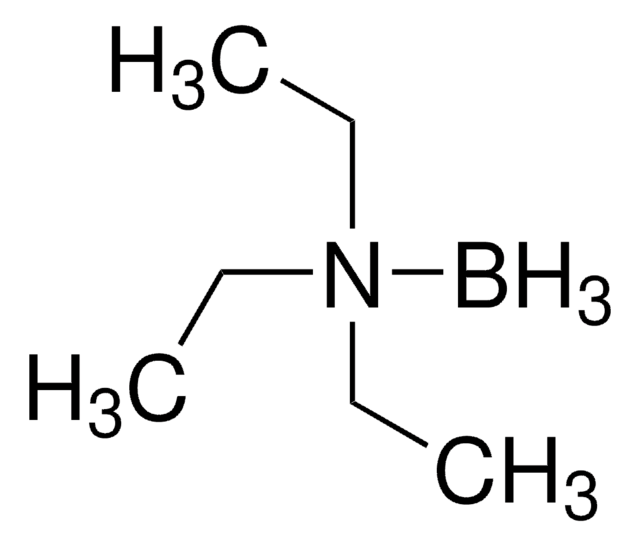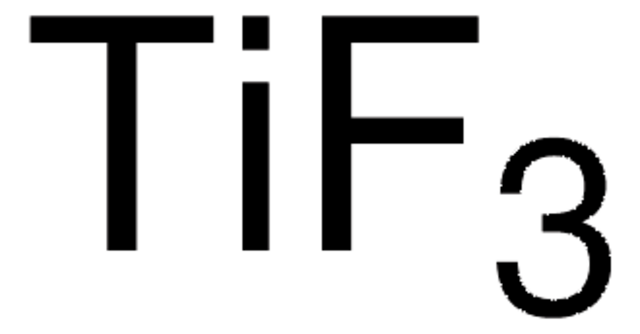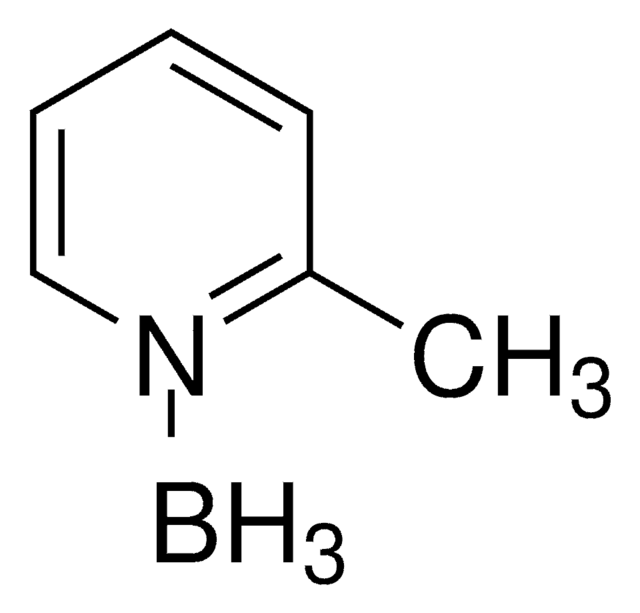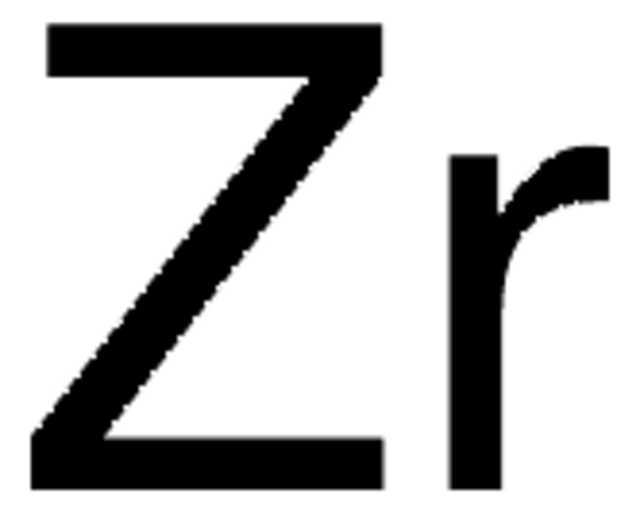643025
Zirconium(IV) oxide
nanoparticles, dispersion, <100 nm particle size (BET), 10 wt. % in H2O
About This Item
Produtos recomendados
forma
dispersion
nanoparticles
Nível de qualidade
adequação da reação
reagent type: catalyst
core: zirconium
características do produto alternativo mais ecológico
Catalysis
Learn more about the Principles of Green Chemistry.
sustainability
Greener Alternative Product
concentração
10 wt. % in H2O
tamanho de partícula
<100 nm (BET)
pH
4-5
categoria alternativa mais ecológica
, Aligned
cadeia de caracteres SMILES
O=[Zr]=O
InChI
1S/2O.Zr
chave InChI
MCMNRKCIXSYSNV-UHFFFAOYSA-N
Procurando produtos similares? Visita Guia de comparação de produtos
Descrição geral
Características e benefícios
Informações legais
Código de classe de armazenamento
10 - Combustible liquids
Classe de risco de água (WGK)
nwg
Ponto de fulgor (°F)
Not applicable
Ponto de fulgor (°C)
Not applicable
Equipamento de proteção individual
Eyeshields, Gloves, type ABEK (EN14387) respirator filter
Escolha uma das versões mais recentes:
Já possui este produto?
Encontre a documentação dos produtos que você adquiriu recentemente na biblioteca de documentos.
Os clientes também visualizaram
Artigos
Hydrogen is one of the most important resources in providing food, fuel, and chemical products for our everyday life. Sustainable catalytic hydrogen production from bioethanol has gained significant attention in recent years due to globally diminishing fossil fuel supplies, which have necessitated the search for new chemical feedstocks.
A key challenge for nanomaterial safety assessment is the ability to handle the large number of newly engineered nanomaterials (ENMs), including developing cost-effective methods that can be used for hazard screening.
Nossa equipe de cientistas tem experiência em todas as áreas de pesquisa, incluindo Life Sciences, ciência de materiais, síntese química, cromatografia, química analítica e muitas outras.
Entre em contato com a assistência técnica





